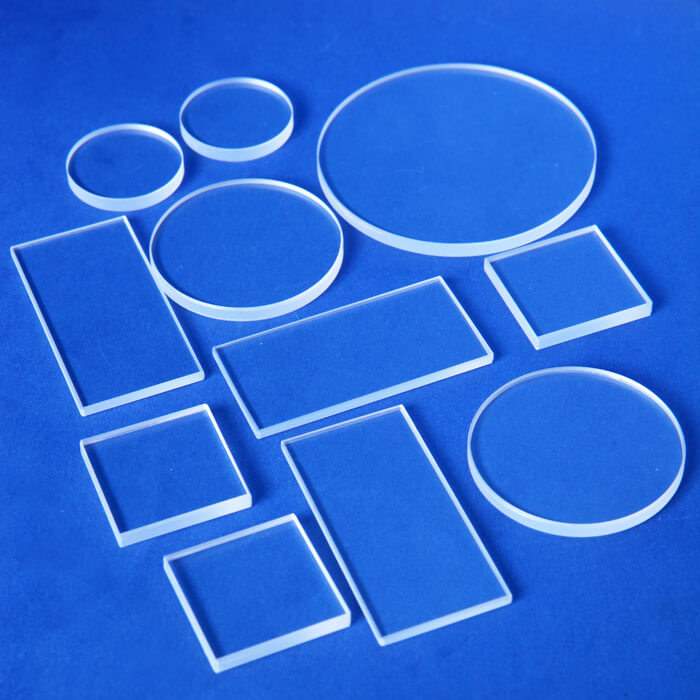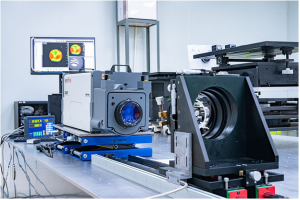
The foreign name of radiation shielding glass is radiation shielding glass. In recent years, with the development of radiation medicine, atomic energy industry and other fields, the problem of radiation protection has also attracted extensive attention. It has protective functions such as X-ray γ Special glass with radioactive ray function such as X-ray. There are mainly nickel alloy screen shielding, high lead optical glass, and radiation proof plexiglass added with metal elements.
Classification of radiation proof glass
1. Ordinary anti radiation glass generally adopts nickel alloy wire mesh technology, which has good shielding effect, but the light transmittance is low, which has an impact on vision. The distinguishable colors are white, red, orange, yellow, green, green, blue, purple, etc. the reflectance is generally less than 8%. After special surface strengthening treatment, it has strong impact resistance, and the surface stress is greater than 400MPa.
2. High lead optical glass. It is mainly to add oxides with high atomic number into the glass composition, mainly PbO, Bao, La2O3, Bi2O3, WO3, etc. This kind of glass has good radiation protection performance, but there are some problems, such as poor chemical stability, poor radiation resistance and easy discoloration of the glass itself.
3. Radiation proof plexiglass. Since the 1950s and 1960s, research on radiation proof plexiglass has been carried out all over the world. Most of these glasses use methyl methacrylate (MMA) glass, in which metal elements such as lead, barium and samarium are introduced to achieve their radiation proof performance. Its main disadvantages are low strength and hardness of plexiglass, poor scratch resistance, and limited radiation shielding range.



